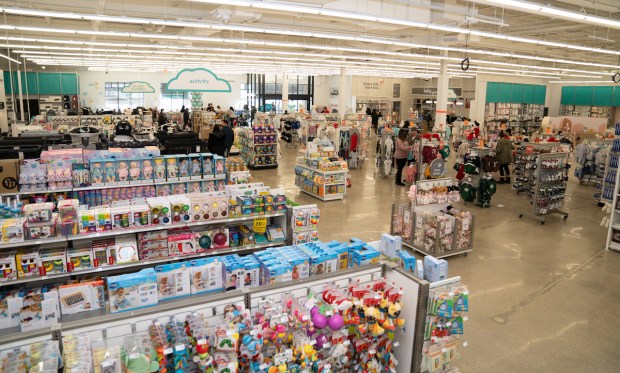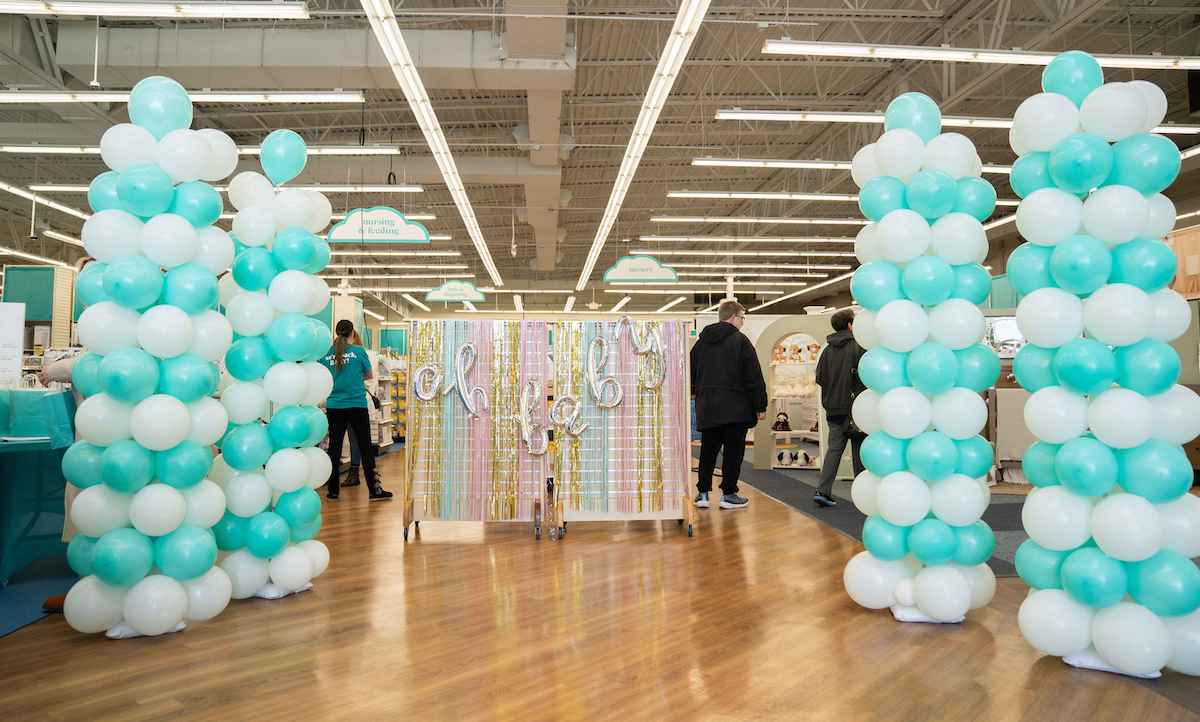
As specialty retailers are challenged to find ways to hold their own against retail giants such as Amazon, Buybuy Baby is leaning on its specialty selection to keep customers coming back to its digital and physical stores.
Raina Khumush, director of marketing and digital, explained in an interview with PYMNTS that following the retailer’s liquidation last year after the bankruptcy of its then-parent company Bed Bath & Beyond and its subsequent return under new ownership, it is now taking an omnichannel approach.
The retailer is using its digital channels to reach more customers than can be served by its 11 stores (where it once had more than 10 times that). It is seizing on consumers’ trust in the longstanding brand and its expertise in the category to differentiate it from larger competitors.
“We are a specialty player in the baby space,” Khumush explained. “So obviously, we are not The Everything Store, where you’re going to find every single item or product that you can imagine. What we’re trying to do is create specialty, curated experiences and products. So, we don’t necessarily want to offer every single product that’s available in a particular category. … We want to offer what makes sense for our customers.”

Khumush added that for new parents especially, the wide variety of options on a platform such as Amazon can be “daunting,” with “hundreds of different highchairs” to choose from, for instance, such that a little guidance can go a long way.
Additionally, she noted that by nature of having brick-and-mortar stores, the retailer is better able to build trust and create connections with shoppers than a pure-play eCommerce marketplace such as Amazon.
Seventy-one percent of consumers continue to prefer to interact with brick-and-mortar stores at some point in their shopping journey, according to PYMNTS Intelligence’s “2024 Global Digital Shopping Index: The Rise of the Click-and-Mortar™ Shopper and What It Means for Merchants,” commissioned by Visa Acceptance Solutions. The study, which drew from a survey of nearly 14,000 consumers across seven countries, found that 1 in 3 shoppers prefer to make purchases the old-fashioned way, 14% prefer to place orders digitally for in-store pickup, and 25% prefer to shop in stores with the assistance of digital technologies.
“The store experience is still very vital to our customers,” Khumush explained. “Parents, gift givers, grandparents still very much like to come into a store, see the full assortment of products that we carry, test things out.”
She noted that they might push a stroller around the store to see how it moves, or they might want to test car seats firsthand or feel the fabrics of clothing when they are considering what to buy.
Yet, she noted, this in-store journey is “very much facilitated” by the retailer’s digital platforms, which include a wider assortment and reach customers nationwide, observing that shoppers are “engaging very highly on their mobile devices.”
In the year ahead, the retailer is looking to roll out to new markets, launch new products and services, grow its digital business, and use artificial intelligence to improve processes across the business.
“We’re in a very interesting position right now,” Khumush said. “We have a legacy brand that has a lot of goodwill built behind it, and customers really know and love and trust the brand, but … we didn’t bring a lot of the legacy systems [with] the brand. We launched it afresh. … We were able to build what we need as the business expands, and I think that puts us in a really special and unique position.”
For all PYMNTS retail coverage, subscribe to the daily Retail Newsletter.